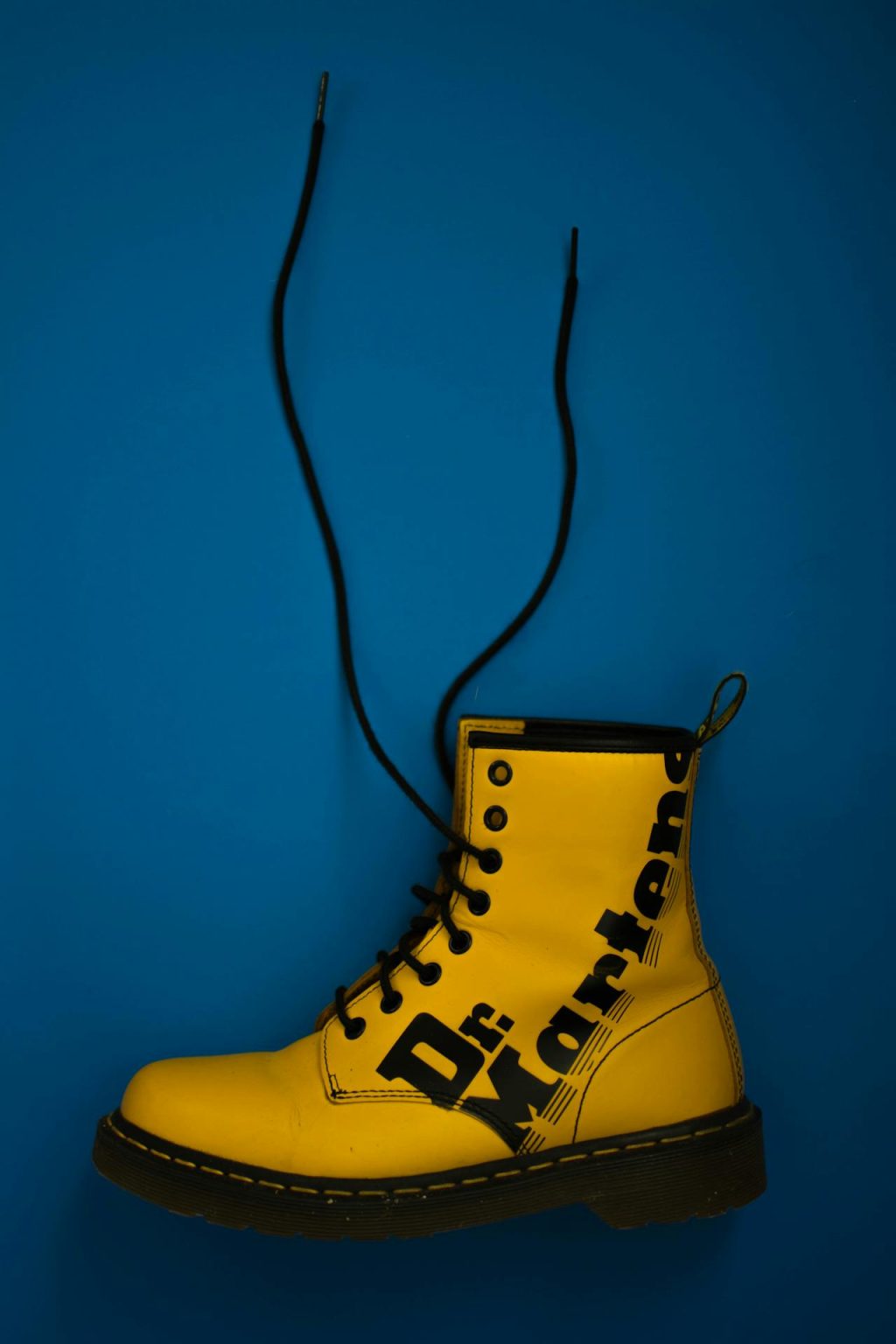
When you lace up your hiking shoes, you might wonder how far they’ll take you on your adventures. Footwear is key to comfort and performance, but with so many options out there, it can be tough to find the right fit. Whether you’re exploring rocky trails or strolling through serene forests, knowing how much mileage your shoes can handle is crucial. Join us as we explore hiking footwear basics and seasonal options to keep you trekking comfortably.
Understanding Hiking Footwear
Hiking footwear isn’t just a trendy accessory; it’s essential for your outdoor experience. The right shoes offer support, traction, and comfort on rough terrain. Knowing the different types can help you choose wisely.
Most hikers prefer hiking shoes or boots for various conditions. They typically feature sturdy soles, ankle support, and waterproof materials to protect your feet from the elements.
Trail runners are also popular for their lightweight and flexible design, though they may lack the rigidity needed for rugged hikes. Understanding your needs will guide you toward footwear that enhances every step of your outdoor adventures.
Hiking Shoes vs. Trail Running Shoes
Hiking shoes and trail running shoes might look similar but serve different purposes. Hiking shoes are built for stability and support on rugged terrain with stiffer soles for protection.
Trail running shoes prioritize lightweight design and flexibility, allowing quick movement over trails but lacking the ankle support of hiking footwear, making them less suitable for long hikes with heavy packs.
Choosing between them depends on your activities. For long treks with gear, hiking shoes are ideal. For quick, short trail adventures, consider trail runners.
What You Really Need in Hiking Footwear
Choosing the right hiking footwear is essential for comfort on the trails. First, prioritize fit. Your shoes should snugly hold your foot without discomfort, preventing blisters and enhancing stability.
Next, look at traction. Choose outsoles with deep lugs for grip on varied terrains like rocky paths or muddy trails for confident strides.
Finally, consider breathability and waterproofing based on your needs. For wet conditions, opt for waterproof shoes to keep feet dry. In hot climates, breathable mesh materials help maintain comfort during long hikes.
Trail Runners vs. Hiking Boots
Trail runners are designed for speed and agility on varied terrain, offering lightweight comfort for quick movements and less fatigue. Their breathable materials keep feet cool, perfect for warm weather.
Hiking boots, however, provide superior ankle support and durability with tougher materials that withstand rugged conditions better. This extra protection is crucial on rocky paths or uneven ground.
Your choice often comes down to personal preference and hiking style. For fast-paced trails or running segments, trail runners are ideal. For long treks with heavy loads or challenging terrains, hiking boots offer better stability and comfort.
Choosing the Right Footwear for Your Needs
Selecting the right footwear for hiking is vital. Consider the terrain you’ll tackle. Rocky trails need sturdy shoes with ankle support, while smooth paths allow lighter options.
Think about personal comfort too. Some hikers like extra cushioning, while others prefer a minimalist feel for natural foot movement. Try different styles and brands to find your best fit.
Seasonal variations matter. Waterproof shoes are great for wet or wintery conditions, while breathable materials suit warmer months. Always prioritize functionality based on where you hike!
Best Footwear Options for Different Seasons
Seasonal hiking requires the right footwear. In spring and summer, lightweight hiking shoes or trail runners offer breathability and comfort for warm weather, with enough grip for varied terrains.
In fall, consider waterproof mid-cut hiking boots for rain and cooler temperatures, keeping feet dry and insulated against chilly winds.
Winter calls for insulated waterproof boots. Look for good traction to handle icy trails safely, ensuring warmth and stability for snowy hikes.
Factors to Consider in Choosing Hiking Shoes
Choosing hiking shoes involves key factors. First, consider the terrain. Rocky paths need sturdier footwear with better traction; smooth trails can allow lighter options.
Fit is crucial. A well-fitting shoe minimizes blisters and discomfort on long hikes. Try shoes in person, ideally at day’s end when feet are slightly swollen.
Weight is important too. Heavier boots offer support but can be tiring on long treks. Lighter shoes offer agility but may lack protection and cushioning for rugged routes.
Pros and Cons of Trail Running Shoes
Trail running shoes are made for speed and agility on rugged terrain. They’re lightweight, enhancing performance on long hikes or runs, and their breathable materials keep feet cool and comfortable.
However, they might lack support for extended hiking trips. While they offer traction, they don’t always provide the stability of hiking boots, leading to discomfort if carrying a heavy pack over uneven ground.
Durability is a concern too, as trail running shoes wear out faster than hiking boots due to their lighter build, affecting how much mileage you get before needing a replacement.
Pros and Cons of Hiking Shoes
When considering hiking shoes, weigh their pros and cons.
Hiking shoes offer excellent support with stiffer soles for rugged terrains without sacrificing comfort. They often provide better ankle protection than lighter options, crucial on challenging trails. Many are waterproof, keeping feet dry in wet conditions.
However, hiking shoes can be bulkier and heavier than trail runners, leading to fatigue on long hikes. Some find them less breathable in warm weather.
The choice depends on your specific needs and preferences. Understanding how much mileage to expect from different options will guide you to the right decision for your adventures ahead.

I’m a passionate enthusiast of digital finance and online entertainment, with years of experience in the world of cryptocurrencies, sports betting, and casino gaming. My mission is to provide readers with reliable information to help them make informed decisions in the world of online gambling and digital investments. On this blog, I share the latest trends, platform reviews, and tips on safety and responsible gaming.
More Stories
How to Clean Patent Leather Shoes
Choosing the right shoes to pair with a grey suit can make or break your look.
What Color Shoes to Wear with a Gray Suit?